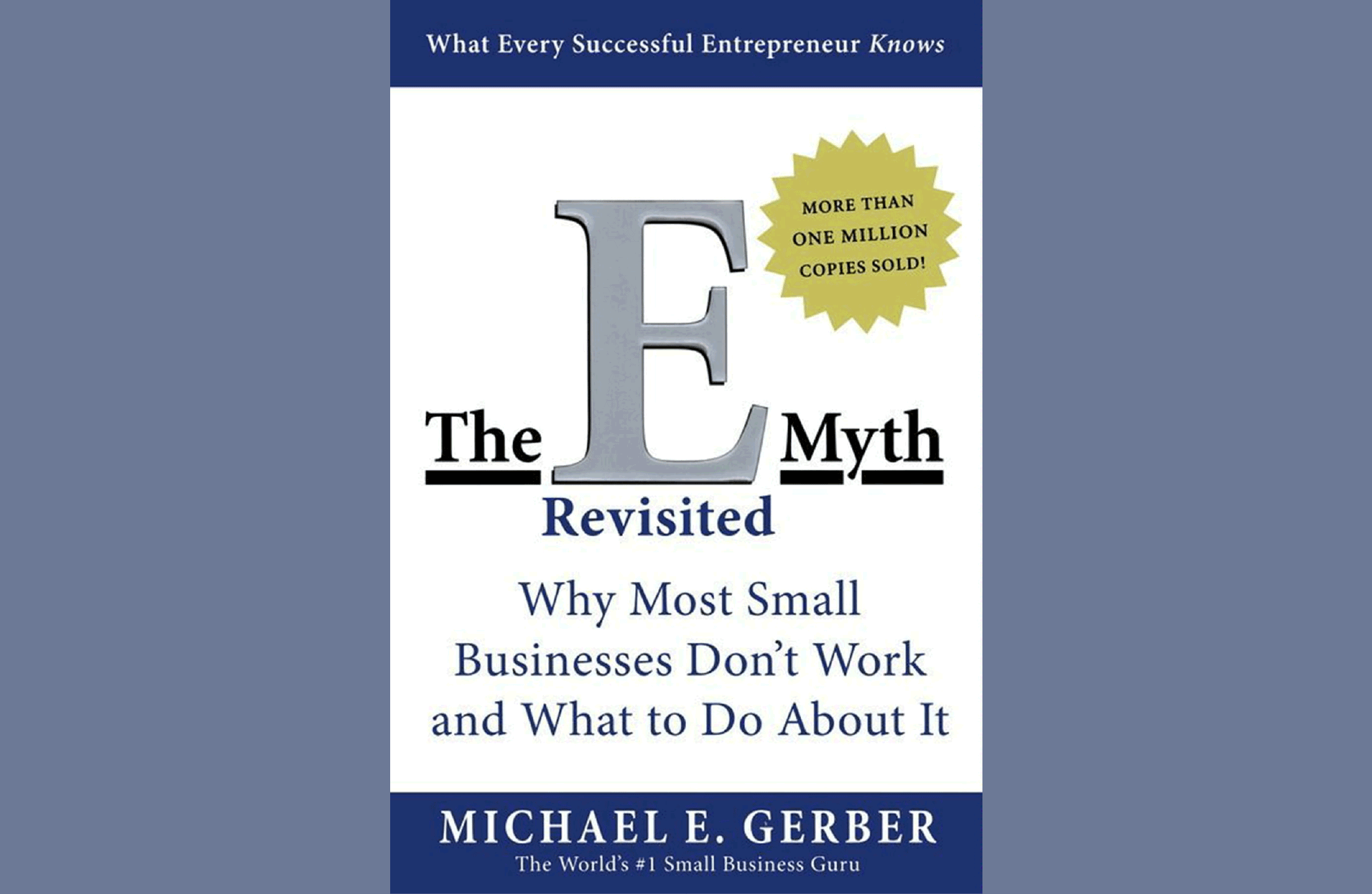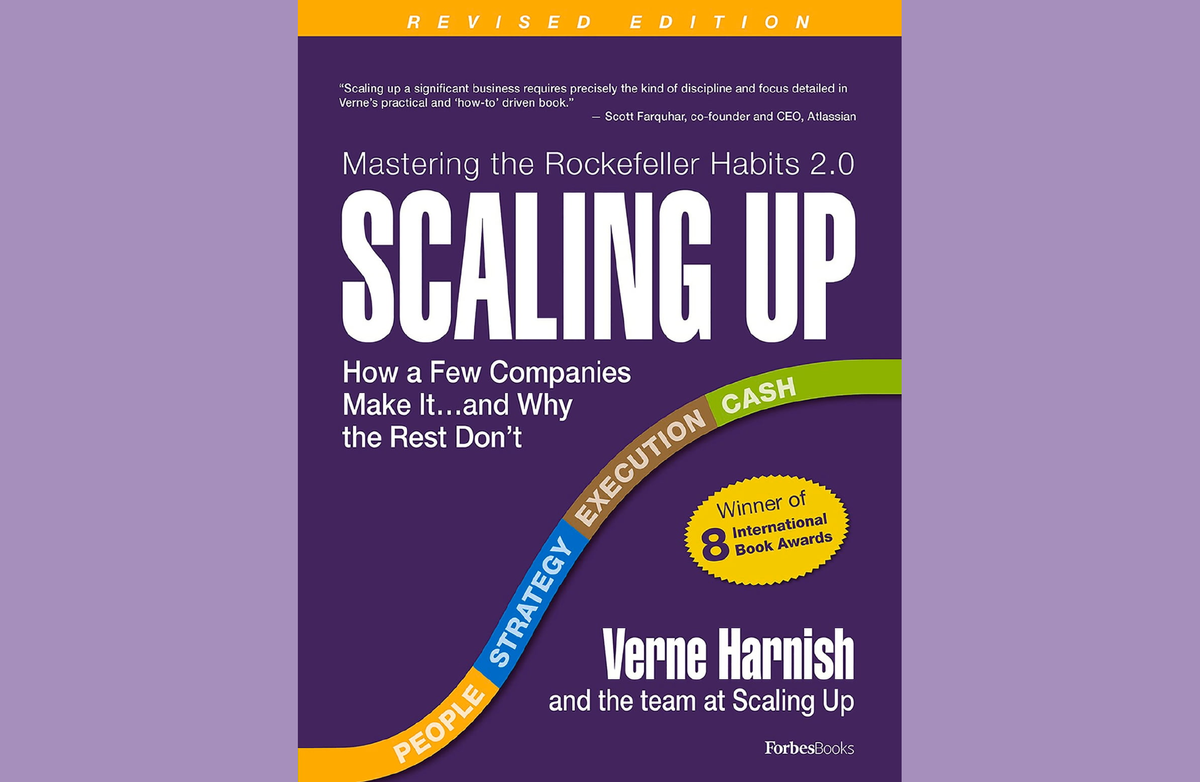Embracing the Reward: Sytems and Scaling
Discover the transformative journey of achieving entrepreneurial success through "The Reward" stage. Reflect on personal milestones, insights, and growth with practical lessons from Qualitance and Netflix's Reed Hastings.

When I embarked on my entrepreneurial journey, I knew it would be filled with challenges, triumphs, and everything in between. Little did I know that the most exhilarating part of this adventure would be Step 9: "The Reward." Today, I want to share this pivotal moment with you, reflecting on the victories, insights, and transformations that have made this journey truly rewarding.
Achievement and Victory: Celebrating Milestones
Imagine climbing a steep mountain, each step a test of endurance and resilience. Finally, you reach the summit, and the view is breathtaking. That’s how I felt when we sold Qualitance. Achieving over 25% growth that year was like reaching the mountain peak. It wasn’t just a financial success but a testament to our hard work, innovation, and determination.
This milestone represented more than just numbers on a balance sheet. It encapsulated our team's countless hours perfecting our product, the relentless pursuit of excellence, and the unwavering belief in our vision. The financial success was a tangible reward, but the sense of accomplishment and validation of our efforts was priceless.
Transformation and Insight: Reflecting on Growth
Our team faced seemingly insurmountable obstacles in the heart of the COVID-19 storm. Yet, we adapted and persevered like a ship navigating through turbulent waters. This period has taught me invaluable lessons about resilience and agility. We didn’t just survive; we thrived. The insight gained from these experiences was our valid reward, shaping us into more robust and adaptable leaders.
The pandemic forced us to rethink our strategies, embrace digital transformations, and innovate rapidly. We learned the importance of flexibility and quick decision-making. This transformation wasn’t just about changing business processes and fostering a culture of continuous improvement and resilience. Our ability to pivot and stay relevant in uncertain times became one of our greatest strengths.
Recognition and Validation: Embracing Acknowledgment
Recognition is more than just accolades and awards; it validates our efforts and impact. When industry leaders and customers acknowledged our work, it was like receiving a powerful gust of wind in our sails, propelling us forward. This validation was crucial for our morale and the credibility and trust it built around our brand.
Awards and positive media coverage brought visibility to our brand, attracting new clients and partners. Customer testimonials and industry endorsements were powerful proof points of our value proposition. This external validation reaffirmed that we were on the right path, bolstering our confidence and motivating us to aim even higher.

Tangible and Intangible Rewards: Measuring Success
The rewards from this journey were both tangible and intangible. Financial gains from the sale of Qualitance provided a solid foundation for future ventures. However, the intangible benefits, such as our strengthened brand reputation and the loyalty of our customers, were equally significant. It’s like planting seeds in fertile soil; the financial success was the harvest, but the intangible growth ensured a prosperous, sustainable future.
Financial rewards allowed us to invest in new projects, expand our team, and explore innovative solutions. However, the intangible rewards—like a strong company culture, loyal customer base, and industry respect—formed the bedrock of our long-term success. These elements created a virtuous cycle of growth and innovation, setting the stage for sustained achievements.
Preparation for Future Challenges: Building on Success
Every reward is a stepping stone to future success. The achievements and insights from this stage equipped me with the confidence and resources needed to tackle new challenges. It’s like forging a mighty sword from the experiences and victories, ready to face whatever comes next. This preparation is not just about business strategies; it’s about personal growth and readiness to embrace new adventures.
Successes and failures alike offered lessons that refined our approach. Each victory taught us what worked well, and each setback provided insights into areas needing improvement. We built a robust framework to tackle future challenges by continuously learning and adapting. This proactive mindset ensured we remained resilient and innovative, ready to seize new opportunities.

Suggested Reading for Achieving Stage 9
To help you navigate and maximize your entrepreneurial reward, I highly recommend these two books:
- "Scaling Up" by Verne Harnish: This book focuses on the practices necessary to manage and grow a successful business after the survival phase. Harnish says, "To stay ahead, you must have a clear and compelling vision, a strategy for growth, and the ability to execute that strategy effectively." It provides practical advice and strategies to scale your business effectively.
- "The E-Myth Revisited" by Michael E. Gerber: This classic explains why most small businesses don’t work and what to do about it. Gerber writes, "The entrepreneurial myth is that people start successful businesses with tangible skills. The reality is that successful businesses are created by people who take on the roles of the entrepreneur, manager, and technician." It’s essential reading for entrepreneurs looking to stabilize and reap the rewards of their efforts.
Conclusion: The Next Chapter
As I stand on the summit, reflecting on the journey, I realize that "The Reward" is not just a destination but a catalyst for new beginnings. It's a time to celebrate, reflect, and prepare for the next chapter. Whether you’re an aspiring entrepreneur or well on your way, remember that each step, each victory, and each lesson is a vital part of your journey.
Are you ready to embrace your reward? Reflect on your milestones, celebrate successes, and prepare for the future. Let’s continue this journey together, fostering resilience, innovation, and growth in every step.

Case Study: Reed Hastings - Netflix's Transformation and Triumph
Background:
Reed Hastings, co-founder and CEO of Netflix offers a compelling case study on reaping the benefits after overcoming significant business ordeals. His journey with Netflix from a DVD rental service to a global streaming giant encapsulates the essence of seeing tangible rewards following strategic pivots and resilience.
Hastings' vision and willingness to embrace change were crucial to Netflix’s success. Initially, Netflix faced stiff competition from established video rental giants like Blockbuster. However, Hastings foresaw the shift towards digital streaming and boldly decided to pivot Netflix’s business model. This strategic move involved significant risks and challenges, including investing heavily in technology and content acquisition.
Despite these challenges, Hastings’ resilience and innovative approach paid off. Today, Netflix is a household name that leads the streaming industry with millions of subscribers worldwide. The rewards of this transformation are evident in Netflix’s market dominance, extensive original content library, and strong brand reputation.
Key Takeaways:
- Vision and Innovation: Hastings’ ability to anticipate industry trends and pivot accordingly was instrumental in Netflix’s success.
- Resilience: Overcoming significant challenges and competition requires determination and adaptability.
- Strategic Investment: Investing in technology and original content helped differentiate Netflix from competitors and build a loyal subscriber base.
Reed Hastings' journey with Netflix is a testament to the power of strategic vision, resilience, and the rewards of embracing change and innovation.

Unlocking Business Growth: Insights from Recent Studies on Scaling Techniques
Scaling a business is more than increasing production or entering new markets; it's about strategic enhancement and effective management. Two recent studies, Smirnova & Lukashov (2022) and Shepherd & Patzelt (2021) provide valuable insights into the art of scaling both established companies and new ventures. Let's explore the key takeaways from these studies.
Business Scaling Techniques
Smirnova and Lukashov's study on business scaling highlights the multifaceted nature of scaling. Here are the primary points:
- Expanding Production and Market Reach: Scaling can involve increasing production capacity or opening new sales points. For instance, a small bakery might scale by opening new locations or expanding its production facility to meet higher demand.
- Strategic Improvement: Effective scaling is not just about growth in size but also about qualitative improvements. This means enhancing operations, marketing strategies, and overall business processes to boost sales and efficiency.
- Comprehensive Approach: The process should encompass all elements of the business. For example, a tech startup scaling its operations might need to simultaneously improve its software development processes, customer support, and marketing outreach.
- Achieving New Milestones: With a strategic approach, businesses can transition from small to medium-sized and from medium to large, significantly boosting their market presence and sales.
Scaling New Ventures
Shepherd and Patzelt's research focuses on the challenges and strategies for scaling new ventures. Key insights include:
- Knowledge Management: Effective knowledge management is crucial for new ventures. This involves capturing, sharing, and utilizing knowledge across the organization to foster growth.
- Founder Replacement: As ventures grow, they may need to bring in new leadership. New leaders can provide the necessary skills and perspectives to navigate the complexities of scaling.
- Strategic Foundations: The initial strategies employed by a venture significantly impact its scalability. For instance, early decisions about product development, market-entry, and operational efficiencies can determine the ease with which the venture scales.
- Organic Growth vs. Acquisition: Ventures can grow organically by expanding their existing operations or through acquisitions. Both methods have challenges and benefits; the choice depends on the venture’s specific circumstances and goals.
Conclusion
Scaling a business or a new venture is a complex, multifaceted process that requires strategic planning and effective management. The studies by Smirnova & Lukashov and Shepherd & Patzelt offer valuable insights into the different approaches and strategies that can be employed to achieve successful scaling. By focusing on comprehensive improvement, knowledge management, and strategic growth, businesses can navigate scaling challenges and achieve significant growth.
Boosting Business Profits through Innovative Systems: A Deep Dive
In today's competitive market, businesses constantly seek ways to enhance their profitability while maintaining sustainable practices. Two practical approaches that have proven successful are Systems Thinking for Sustainable Profits and the implementation of Strategic Information Systems. Let's explore how these strategies can transform business operations and increase profits.
Systems Thinking for Sustainable Profits
Systems thinking involves viewing a business as a holistic entity, where each part is interconnected and affects the whole. This approach is beneficial for resolving conflicts between business growth and environmental conservation and for enhancing overall business performance.
Key Benefits:
- Conflict Resolution: Systems thinking helps balance using natural resources for business growth and environmental protection. This win-win approach reduces the tension between economic and ecological goals.
- Enhanced Performance: By viewing the company as a system, executives can identify inefficiencies and areas for improvement, leading to better performance.
- Resource Efficiency: Companies like Coors Brewing and Intel have demonstrated that applying systems principles can yield significant economic value. Coors Brewing, for instance, adopted a ‘closed loop’ model, reducing waste and creating new profit centers through innovation. Similarly, Intel's value-by-design approach has allowed it to create high-value products with fewer resources (Shireman, 1999).
Strategic Information Systems
Strategic information systems (SIS) are designed to support and enhance an organization's strategic initiatives. By integrating SIS, businesses can optimize their decision-making processes and resource allocation, directly contributing to increased profitability.
Key Benefits:
- Improved Decision-Making: SIS provides accurate and timely information, enabling executives to make well-informed decisions that align with the company's strategic goals.
- Resource Optimization: Efficient resource allocation is crucial for maximizing profits. SIS helps identify the most profitable areas to invest in and streamline operations to reduce costs.
- Competitive Advantage: Implementing SIS can give businesses a significant edge over competitors by improving operational efficiency and responsiveness to market changes (Leeming, 1989).
Conclusion
Incorporating systems thinking and strategic information systems into business operations can lead to remarkable improvements in performance and profitability. By viewing the business as an interconnected system and leveraging technology for strategic decision-making, companies can achieve sustainable growth and long-term success.


